On the second day of the journey to the source "Following the footsteps of the 1975 Spring General Offensive and Uprising" organized by the Propaganda and Mass Mobilization Department of the Ho Chi Minh City Party Committee, on the morning of May 28, the delegation came to offer flowers and incense at the Kon Tum prison monument.
Ho Chi Minh City artists offer flowers at Kon Tum Prison Monument
Mr. Nguyen Tho Truyen, Deputy Head of the Propaganda Department of the Ho Chi Minh City Party Committee, People's Artist Nguyen Thi Thanh Thuy, Deputy Director of the Ho Chi Minh City Department of Culture and Sports , screenwriter Duong Cam Thuy, Vice President of the Ho Chi Minh City Union of Literature and Arts Associations, President of the Ho Chi Minh City Cinema Association and artists were moved to offer incense and flowers.
The delegation visited Kon Tum's Rong House - a typical architectural work of the Ba Na people, which is not only a symbol of indigenous culture but also a place to preserve the quintessence of long-standing community activities of the Central Highlands residents. In the midst of the vast space, the artists directly experienced the beauty of ethnic culture through architecture, costumes and the resounding sound of gongs.
Ho Chi Minh City leaders burn incense at Kon Tum Prison monument
Next, the delegation moved to Kon Klor suspension bridge - the largest cable-stayed bridge in Kon Tum, connecting the two banks of Dak Bla river. The bridge was started on February 3, 1993 and completed on May 1, 1994, a symbol of trade and cultural connection between villages. Amidst the majestic scenery, winding river and green bamboo groves, the artists could not hide their emotions before the beauty of the harmony between nature and human hands.
Writer Khuynh Diep shared: “Looking back at the glorious 50-year journey of our army and people in building the Fatherland, we are proud to believe that the next generation will continue the tradition of resilience and indomitability, determined to build the country to rise up in the new era.”
“Kon Klor suspension bridge is not only a traffic construction, but for us artists, it is a symbol of connecting the past with the present, art with life, people with people” - author Tran Kim Khoi - author of the script “Square Banyan Tree” written about Truong Sa soldiers expressed.
Artists and reporters from Ho Chi Minh City at Nha Rong Kon Tum - a typical architectural work of the Ba Na people
The delegation visited Kon Tum Prison - a special historical relic, where hundreds of Vietnamese revolutionary soldiers were imprisoned under the French colonial period. Here, artists offered incense in memory and listened to tragic stories about the indomitable spirit of the cadres and soldiers who were imprisoned and brutally tortured by the enemy but did not give in. Many artists could not hide their emotions when walking through each prison cell, touching the mossy stone walls - where traces of a bloody time were imprinted.
Screenwriter Ngoc Truc confided: “I have read a lot of information about Kon Tum Prison, but when I saw this place with my own eyes, I truly felt the fierceness and loyalty of our ancestors. This will be valuable material for me to put into my upcoming stage works.”
From left to right: Meritorious Artist Phi Yen, People's Artist Phuong Loan and People's Artist Nguyen Thi Thanh Thuy, Deputy Director of the Department of Culture and Sports of Ho Chi Minh City at Nha Rong Kon Tum
Writer and screenwriter Nguyen Thu Phuong shared: “This trip made me feel emotional and silent many times. The traces here not only tell of pain, but are also a strong reminder that today’s freedom comes from the blood and sacrifice of previous generations. I think we, writers, have a responsibility to express that through our own works.”
Singer Minh Sang expressed: “I have sung about the country many times, but today, I truly felt the deep beat of the country through every step in Kon Tum. I will bring these emotions into my music - not nostalgia, but a fresh belief in the country”.
Singer Nguyen Duyen Quynh and Minh Sang at Kon Klor suspension bridge
Journalist Nguyen Quoc - HTV News Center also shared emotionally: "Going, seeing, hearing... everything was like a vivid film. I cherish every moment of this trip, because these are valuable experiences for young reporters on their journeys of work."
Designer Nguyen Viet Hung - famous for his collections associated with heritage and nature said: "Kon Klor bridge, Rong house, and Kon Tum prison - all are symbols of strong identity. I had very clear ideas for new designs from the emotions here".
Singer Nguyen Duyen Quynh confided: “When I entered Kon Tum Prison, I felt like I was entering another world - where people's bodies were imprisoned, but their souls were strangely resilient. As an artist, I felt small in front of that greatness, and wanted to live, sing and create more decently.”
Leg: HTV reporter Nguyen Quoc and Ly Ly interviewed author Tran Kim Khoi at Kon Tum Prison.
On the afternoon of May 28, a group of artists and writers offered incense and flowers at the Pleiku prison relic site in Gia Lai province. This was one of the key activities of the journey to pay tribute to generations of revolutionary soldiers who sacrificed their lives for national independence.
Artists and leaders of Ho Chi Minh City and local leaders of Kon Tum province on a journey back to the source in Kon Tum
Pleiku Prison, built by the French colonialists in 1925, was once a place to detain and brutally torture patriotic soldiers. With an area of about 7 hectares, it has 18 cells and 2 tiger cages, each cell is only 10 square meters wide but once held up to 120 people. Pleiku Prison is one of the famous "hells on earth" in the history of the nation's revolutionary struggle.
Leaders and artists of Ho Chi Minh City visit heroic martyrs at Pleiku Prison
The second day of the journey to the source not only brought the group back to the historical roots of the Central Highlands, but also aroused the cultural values and national spirit in each artist. The stories from the Rong house, Kon Klor bridge, to Kon Tum prison are like important pieces that help complete the historical and cultural picture of the deep connection between Ho Chi Minh City and the localities that were once battlefields.
Source: https://nld.com.vn/theo-dau-chan-cuoc-tong-tien-cong-va-noi-day-mua-xuan-1975-tro-ve-ky-uc-lich-su-kon-tum-196250528130909504.htm


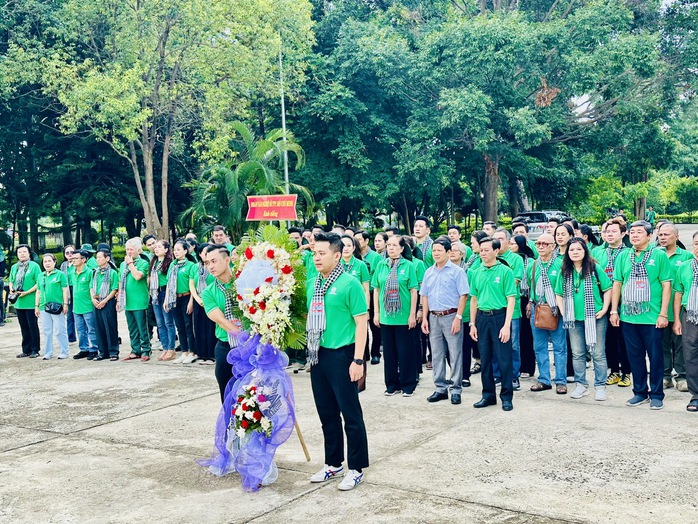
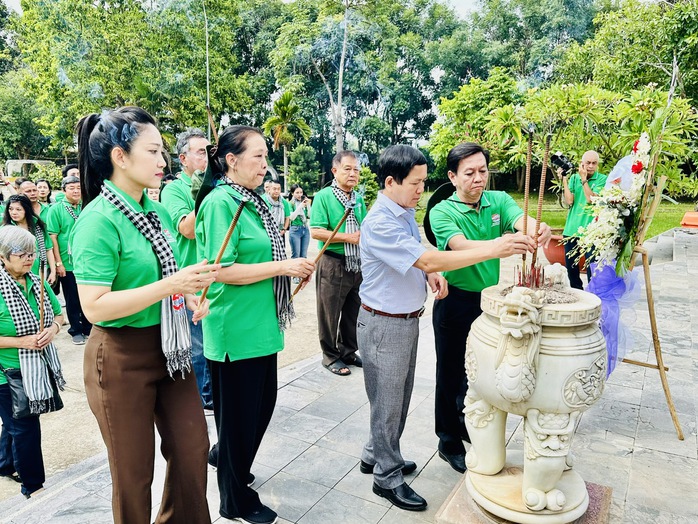
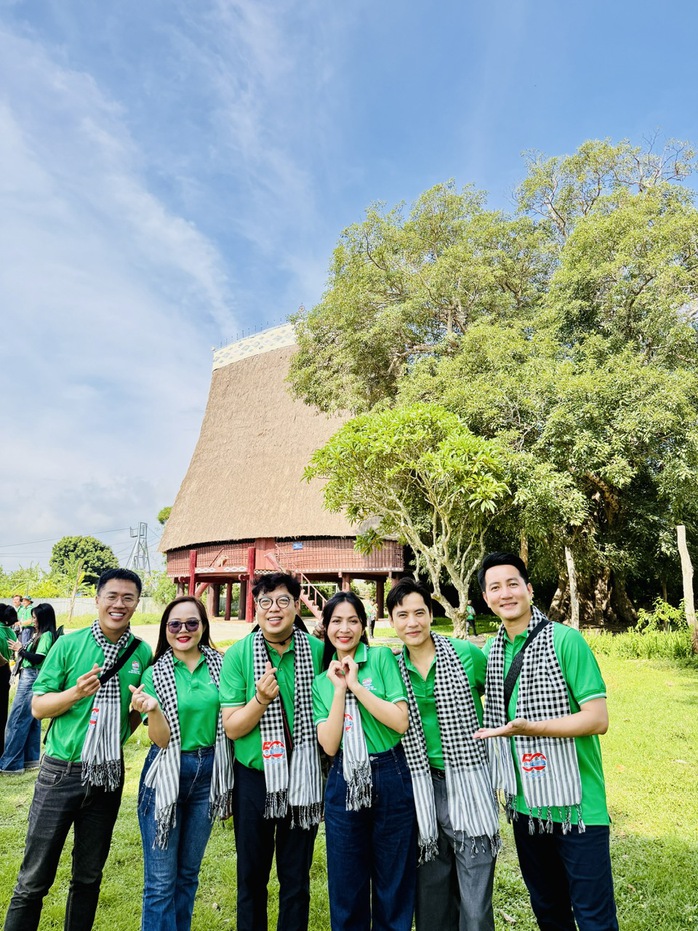
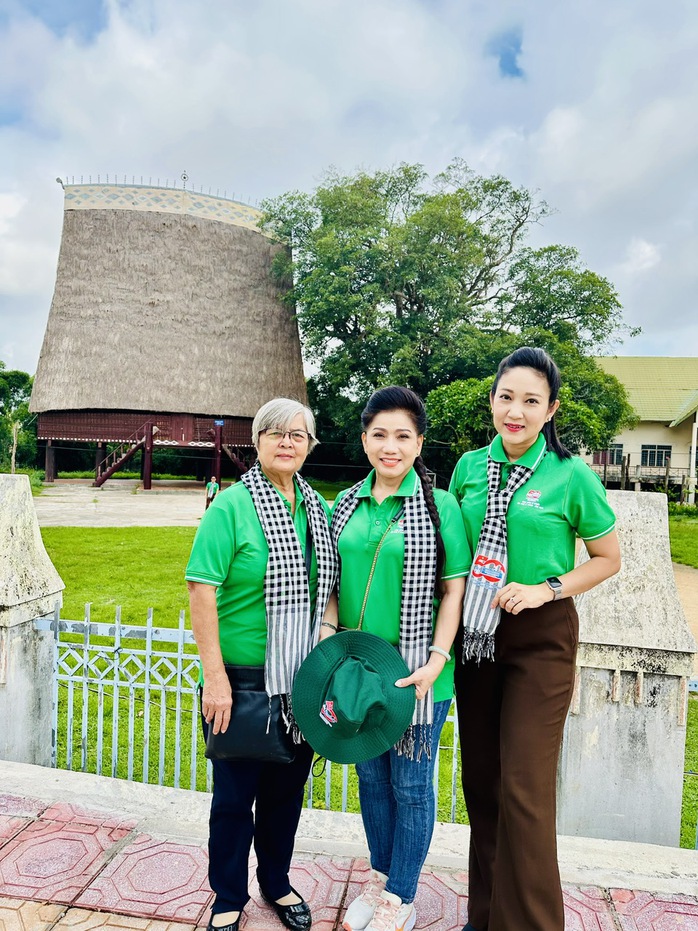

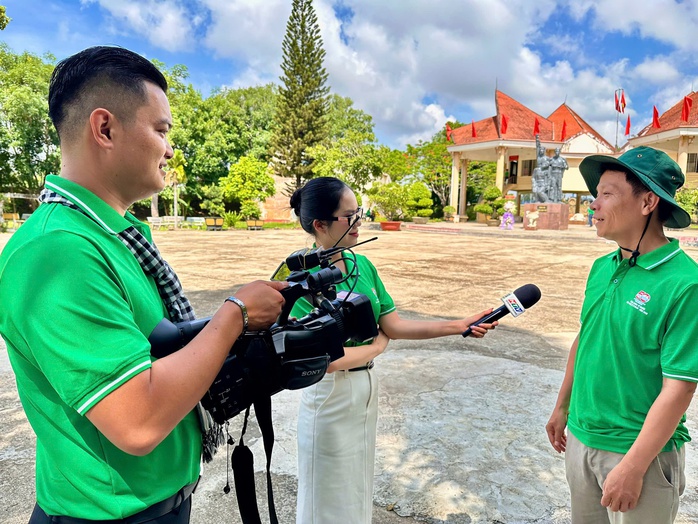
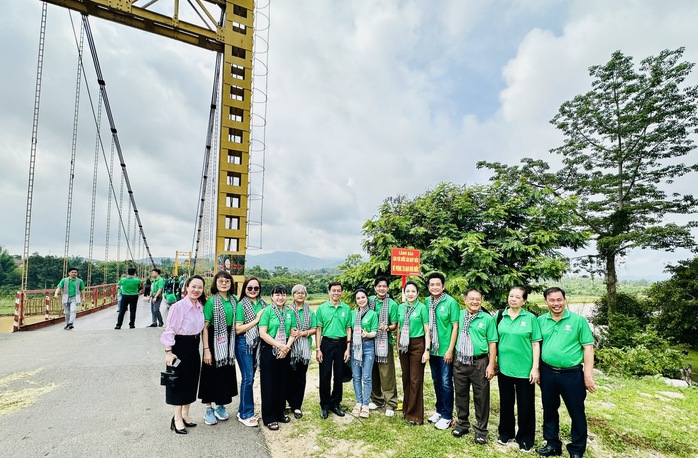
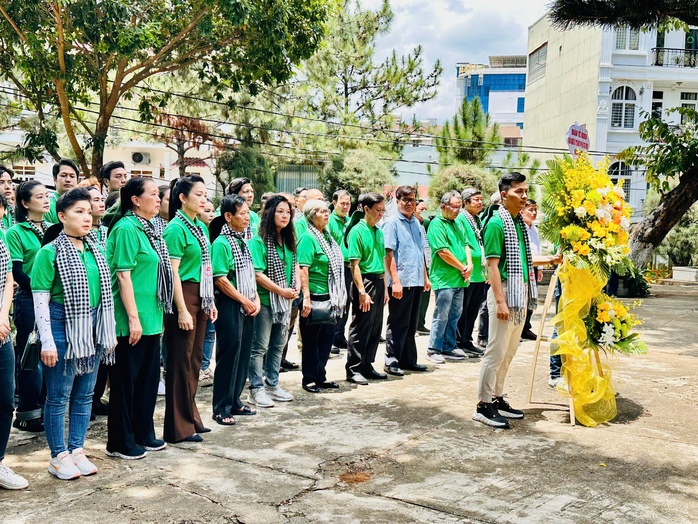


![[Photo] Prime Minister Pham Minh Chinh attends the event "Digital transformation of the banking industry by 2025"](https://vphoto.vietnam.vn/thumb/1200x675/vietnam/resource/IMAGE/2025/5/29/0e34cc7261d74e26b7f87cadff763eae)

![[Photo] Prime Minister Pham Minh Chinh receives leaders of Excelerate Energy Group](https://vphoto.vietnam.vn/thumb/1200x675/vietnam/resource/IMAGE/2025/5/29/c1fbe073230443d0a5aae0bc264d07fe)



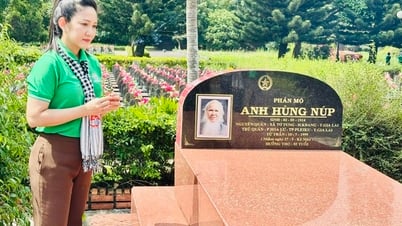

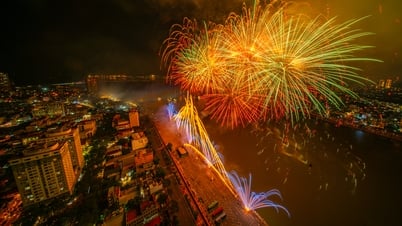


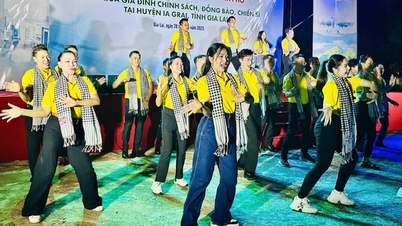





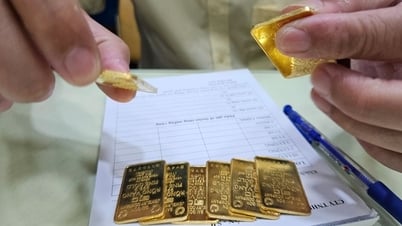

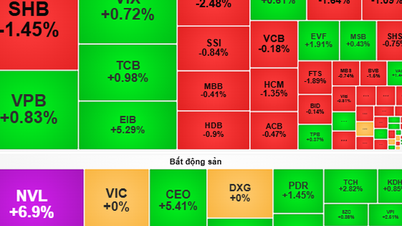


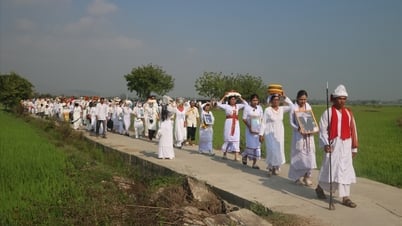










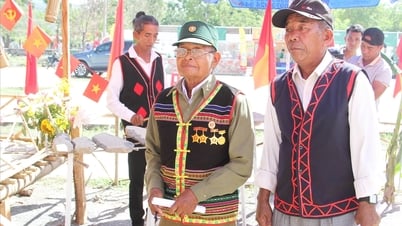




















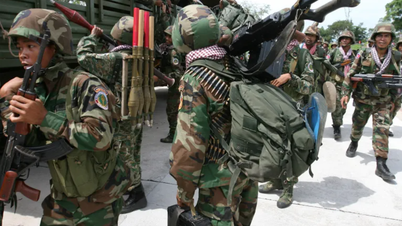






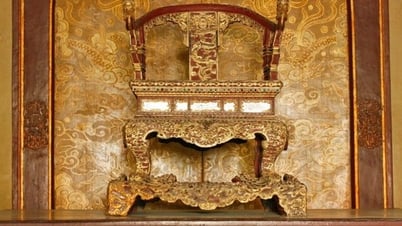





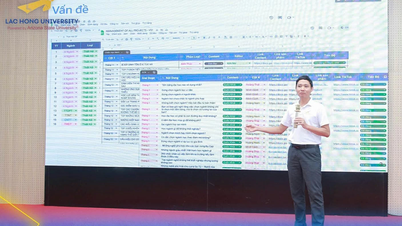





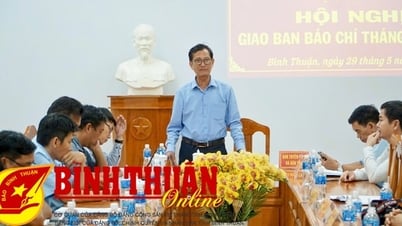

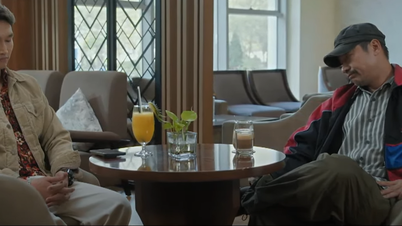










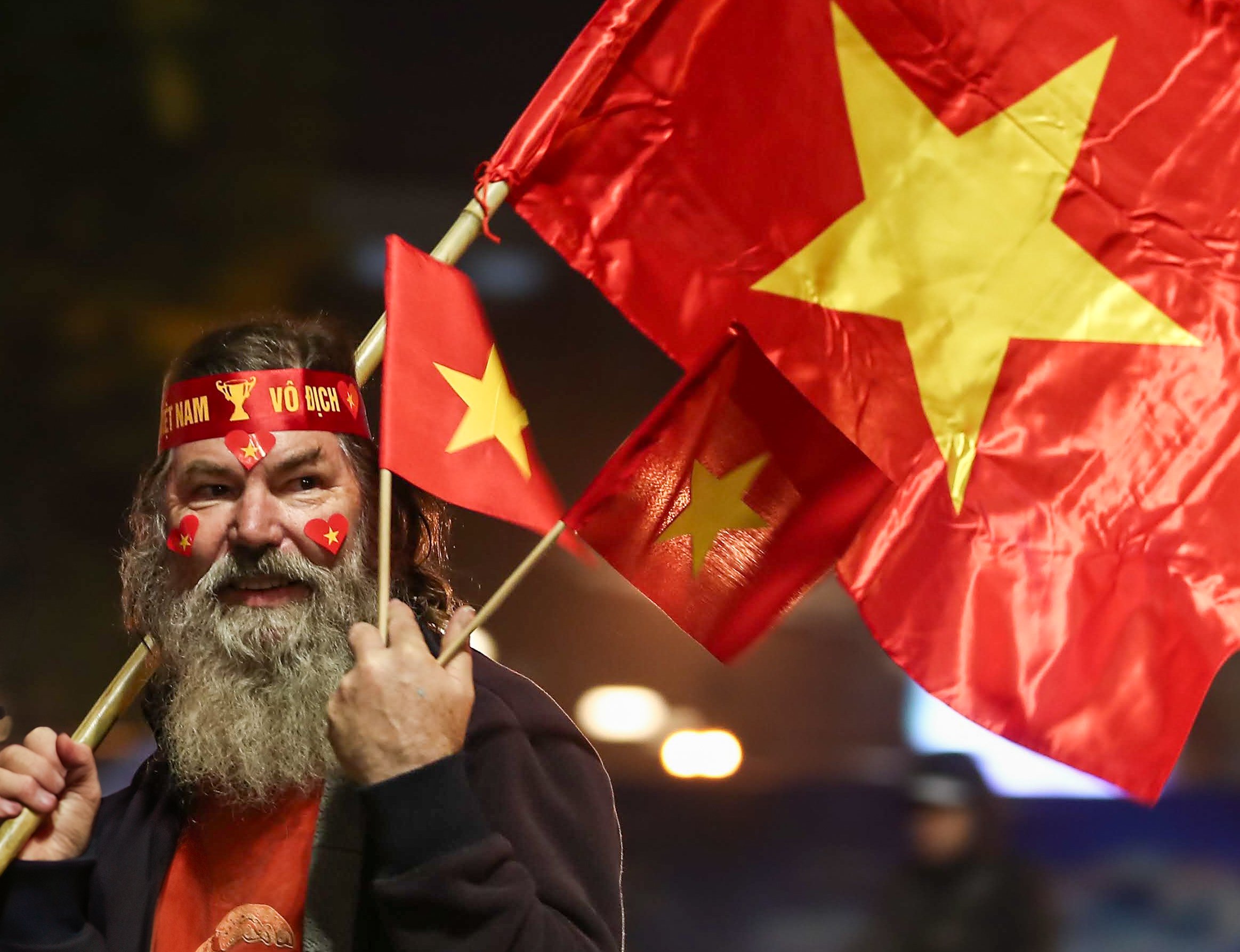

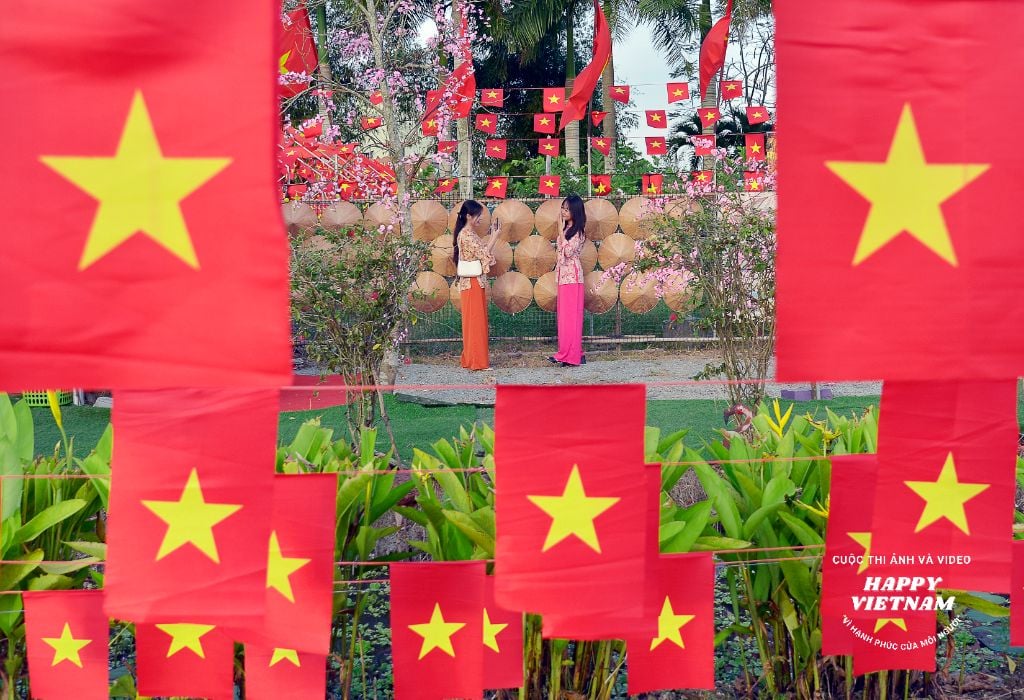
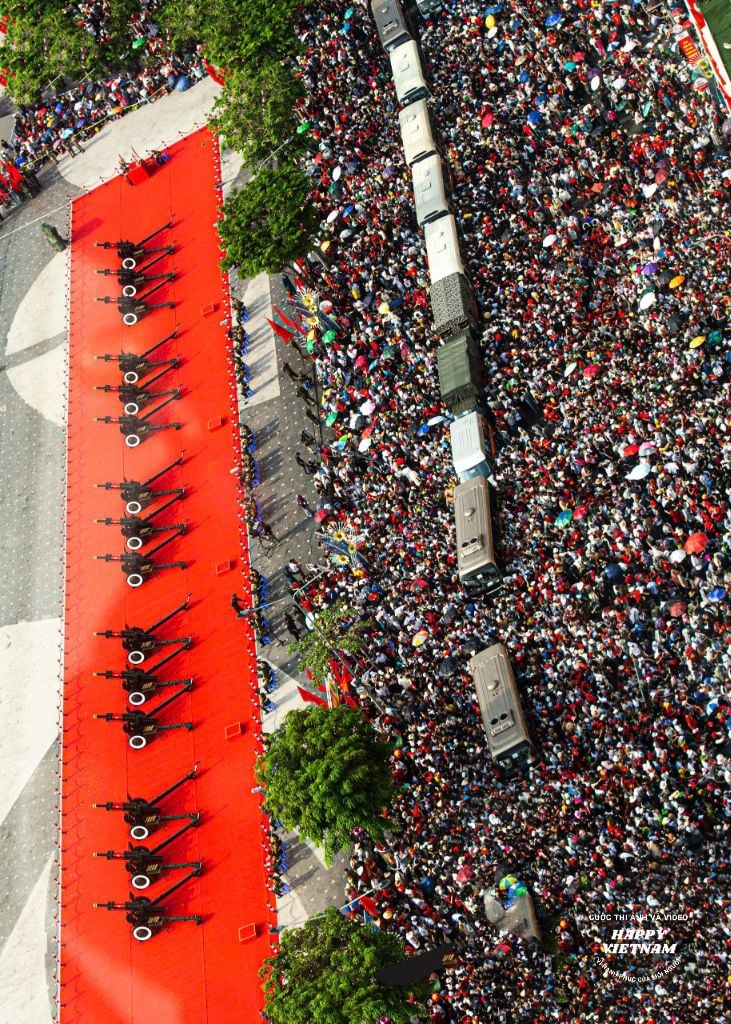
Comment (0)